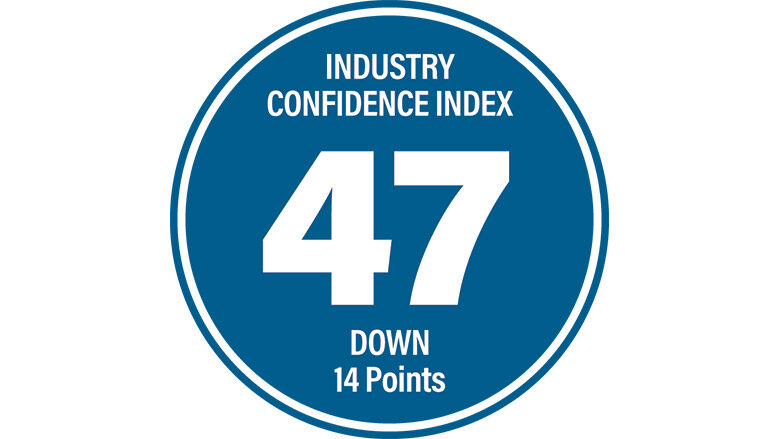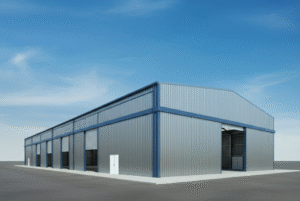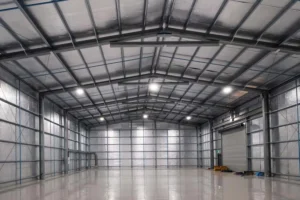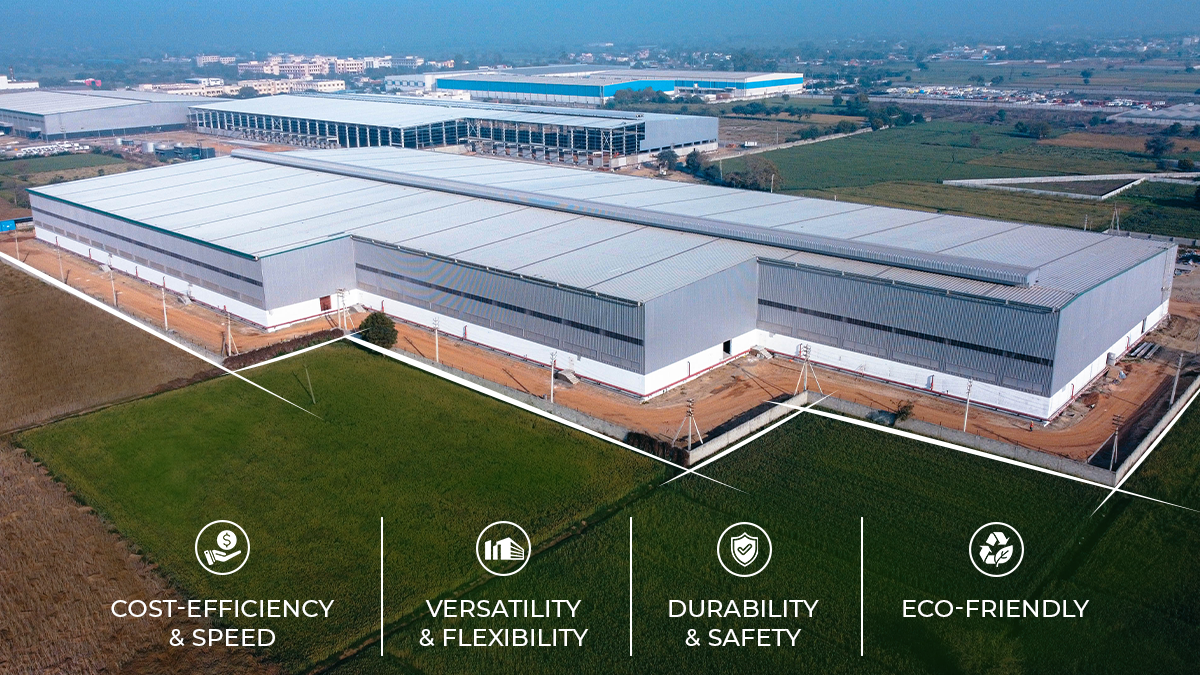
2Q 2025 Cost Report: Executive Confidence Falls as Uncertainty Rules the Roost
[ad_1]
ENR’s Construction Industry Confidence Index fell 14 points between Q1 and Q2, to a rating of 47. That is the third largest drop in the history of the index, only surpassed by the falls in Q2 2020 and Q2 2022.
The confidence index measures executive sentiment about where the current market will be in the next three to six months and over a 12- to 18-month period, on a 0-100 scale. A rating above 50 shows a growing market. The measure is based on responses by U.S. executives of leading general contractors, subcontractors and design firms on ENR’s top lists to surveys sent between May 13 and June 9.
In their comments, firms report that tariff-related cost uncertainty as a primary driver of the fall in confidence. One firm’s summary is typical of the commentary: “Everyone seems to be taking a wait and see on tariff impacts but we’re already seeing multiple projects experiencing cost increases on deliveries and asking for quick submittal reviews to beat pricing increases.”
Confidence in the economy overall fell 10 points, to a rating of 46. Last quarter, 16.9% of firms saw a currently declining economy. That number has nearly doubled, to 33.3% this quarter.
Taken separately, market confidence among design firms is very low, coming in at a 35 rating. That is an 18 point drop from last quarter. Nearly half of design firms still see a declining market 3-6 months from now and 37% see a decline continuing well into 2026. GCs/CMs came in at a 47 rating, with subcontractors at 54.

Those results are matched by those of the Confindex survey from Princeton, N.J.-based Construction Financial Management Association (CFMA). Each quarter, CFMA polls CFOs from general and civil contractors and subcontractors on markets and business conditions. The resulting Confindex is based on four separate financial and market components, each rated on a scale of 1 to 200. A rating of 100 indicates a stable market; higher ratings indicate market growth.
The overall Confindex fell 10.6% between Q1 and Q2, to a 101 rating. The sharpest decline was in the “business conditions” index, which fell 15% to 96. The “current conditions” index also fell below 100, down 9.5% to 95. The “financial conditions” and “year ahead outlook” indices fell 7.9% and 11.5% respectively.
Tariffs are also a primary concern for his members, says Neil Shah, president & CEO of CFMA. “As inflation and interest rates picked up in ’22 and ’23, you started to see more pessimism in our sentiment survey. The last two quarters look like the shape of that period right now.”
Outside of tariffs, the macroeconomic lag effect of higher interest rates lowering demand for design work is also a factor, explains Anirban Basu, Sage Policy Group CEO and CFMA advisor. “The Architectural Billings Index reading has been below the threshold reading of 50 in 20 of the last 21 months. Architects were telling us almost two years ago about what contractors will be feeling now,” he says. The April 2025 ABI reading came in at 43.2. “A really bad reading,” he adds.
Market Challenges
“The only segment of non residential construction I’m seeing really working right now is data centers. That’s it,” says Basu.
“Segments that have driven construction work, like manufacturing, have softened,” he says. Basu points out that the Institute for Supply Management’s Manufacturing PMI, which measures manufacturing activity, has been below the benchmark reading of 50 in 29 of the past 31 months. “You have a lot of capacity that’s been newly put online, but you do not have robust manufacturing growth. Absent federal subsidies, you’re going to start to see a falloff in new investment in that capacity,” Basu opines.
The Sage CEO lists single family housing as another problem segment. Mortgage rates are a huge factor in that sector’s slow down, as is the Trump administration’s immigration policy. The Bureau of Labor Statistics’ May report showed the residential sector cutting 7,500 jobs, but Basu thinks that the job loss is more aggressive than what is reflected in the data. “I think there was actually a lot more job creation when homebuilding was coming back, because a fair number of those hires were probably undocumented migrants, and they weren’t showing up on anybody’s survey responses,” he explains.
In a recent presentation, Basu juxtaposed housing units under construction versus contractor employment. “What I showed was contractor employment had barely budged, even as housing units under construction had sharply declined,” he explains. First the undocumented workers were let go, but now documented workers are starting to come off the books.
Confidence fell in most of the markets that ENR tracks. The hotels/hospitality market saw the largest drop, falling 18 points to a 37 rating. The transportation market fell 12 points to a 59 rating. The last time confidence in that market was below 60 was in Q4 2021—the final pre-Infrastructure Investment and Jobs Act reading. Firms are most confident in the power market, which came in at a 79 rating this quarter, slightly down from 82 last quarter.
[ad_2]
Source link
Post a Comment
You must be logged in to post a comment.






